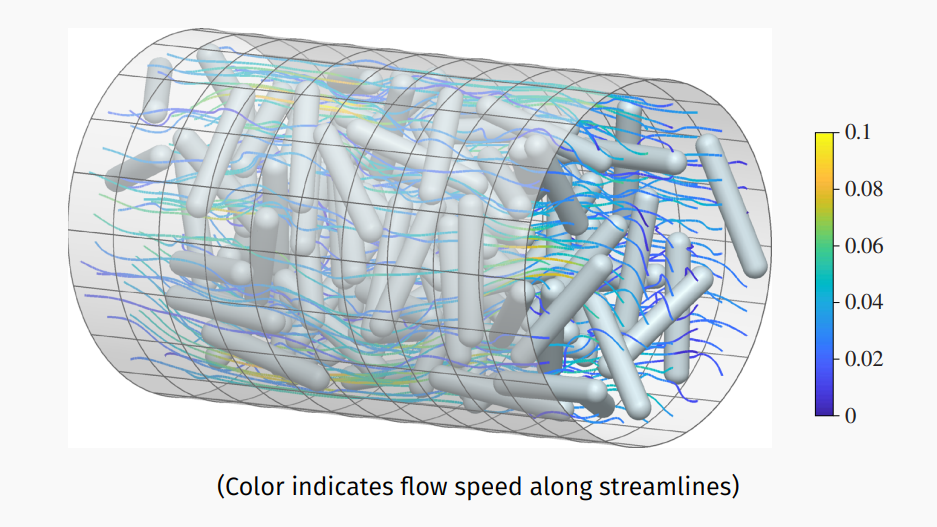“I’ve been getting into bouldering since living in Austin,” said Joar Bagge, a Peter O’Donnell, Jr. Postdoctoral Fellow at the Oden Institute of Computational Engineering and Sciences. While a mild fear of heights cautions him against getting too far from the safety of solid ground, Bagge chases new ways to challenge himself, both professionally and personally.
Bagge joined the Oden Institute at The University of Texas at Austin in 2024, after obtaining his Ph.D. in Applied and Computational Mathematics from KTH Royal Institute of Technology in Stockholm. Now, he works within the Center for Numerical Analysis and the Parallel Algorithms for Data Analysis and Simulations Group under George Biros and Per-Gunnar Martinson to develop numerical methods for performing simulations on problems related to Stokes flow.
After spending years growing up on Sweden’s glittering coastline, Bagge’s work now focuses on fluids at a much smaller scale. The Stokes model gives us insight into the dynamics of how microorganisms swim, or how microfluidic devices can be used in biomedical contexts. “I work specifically on modeling capsules,” shared Bagge, “which act as a model for red blood cells in our bodies.” This enhances our understanding of how blood cells tend to move in the body within the geometry of our blood vessels, and lays the foundation for biomedical experimentation on these cells, with potential to use them as a device or carrier within the body."


